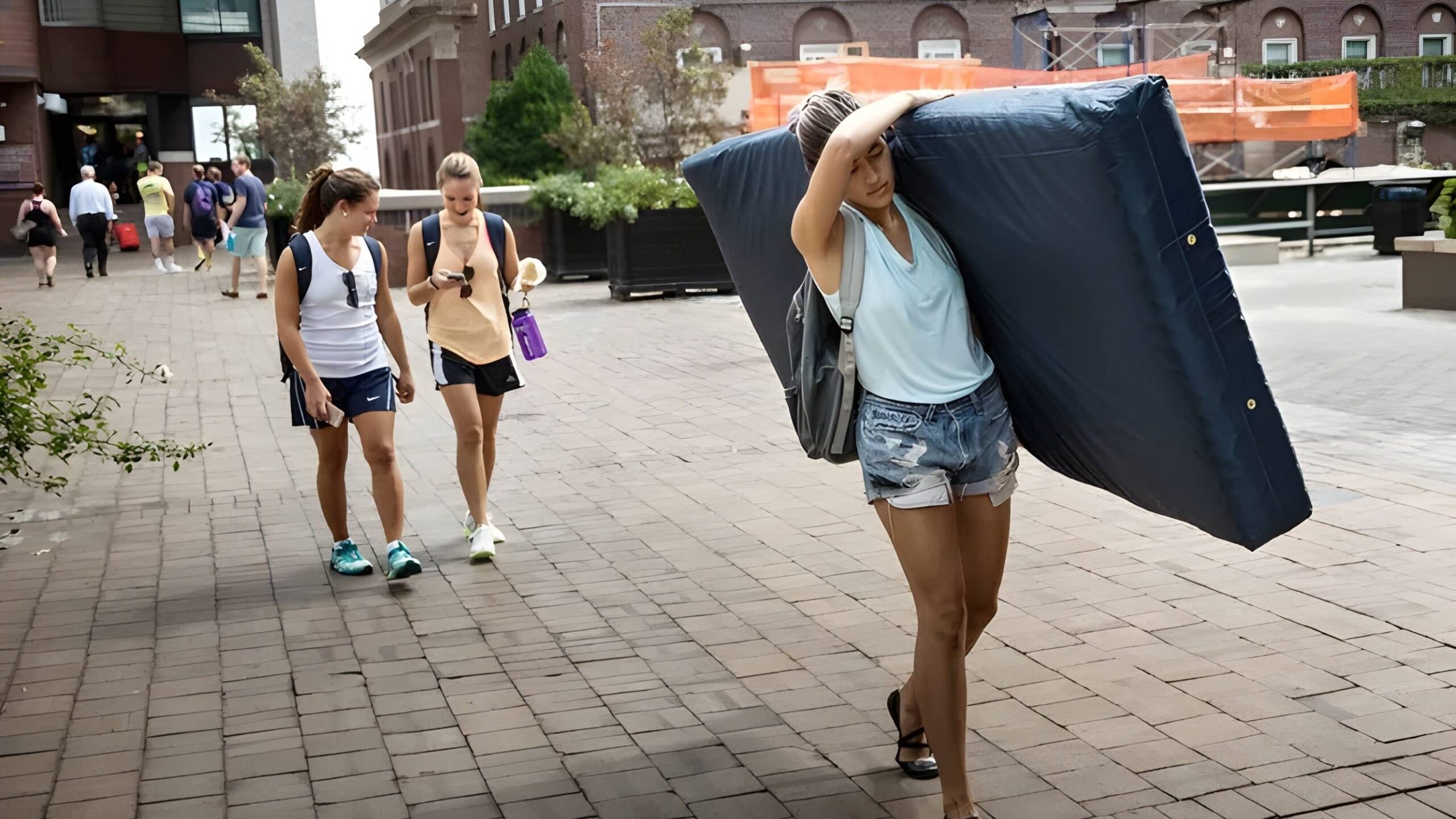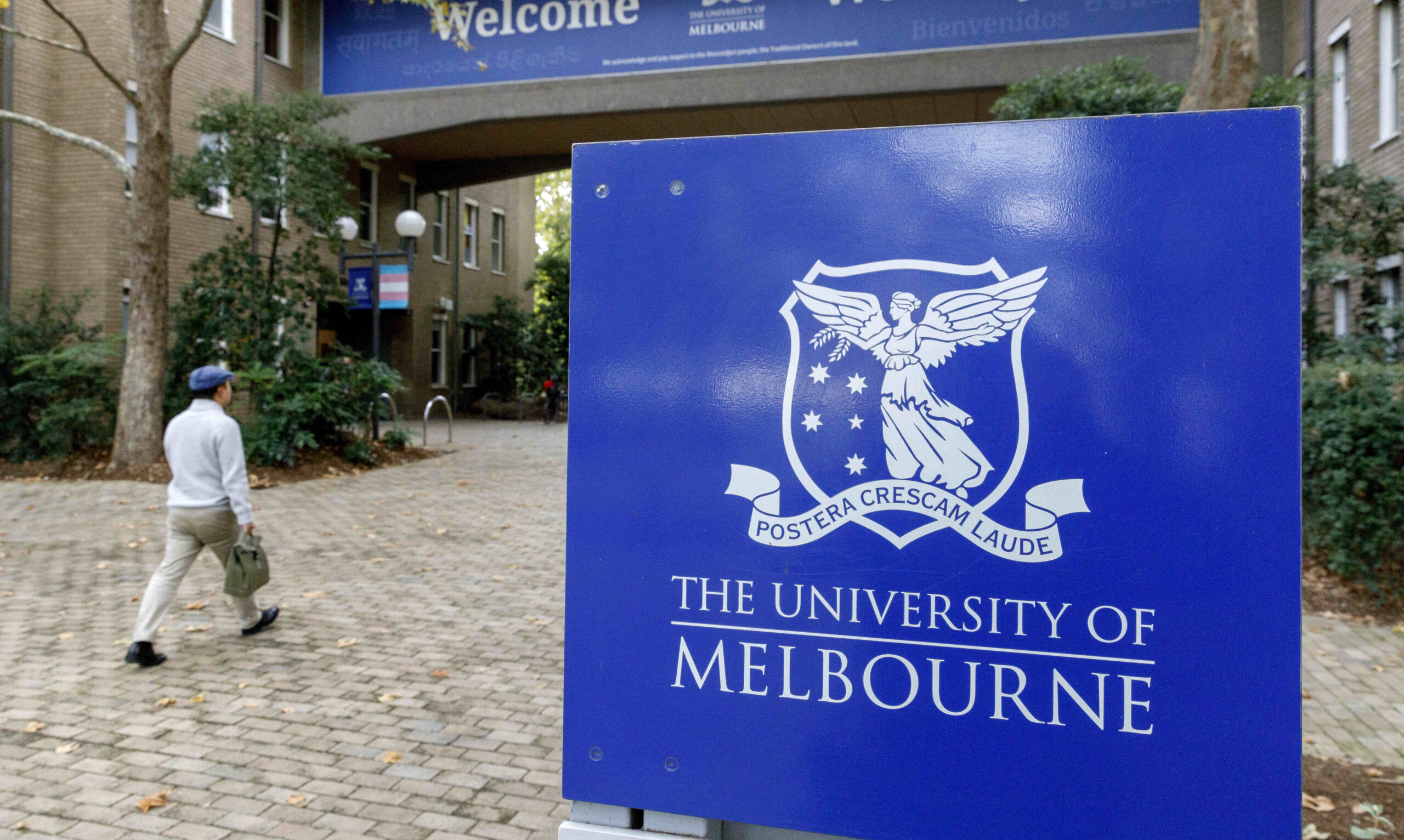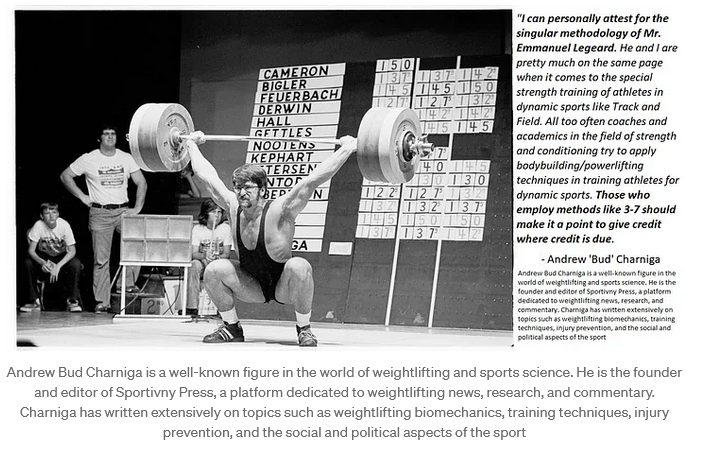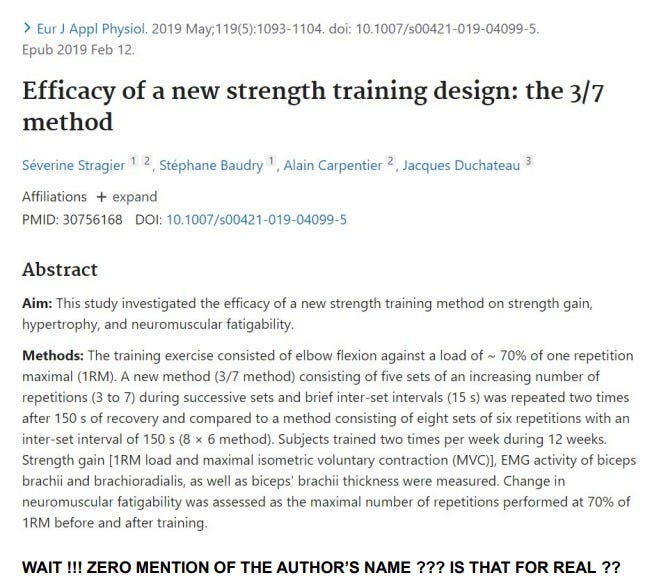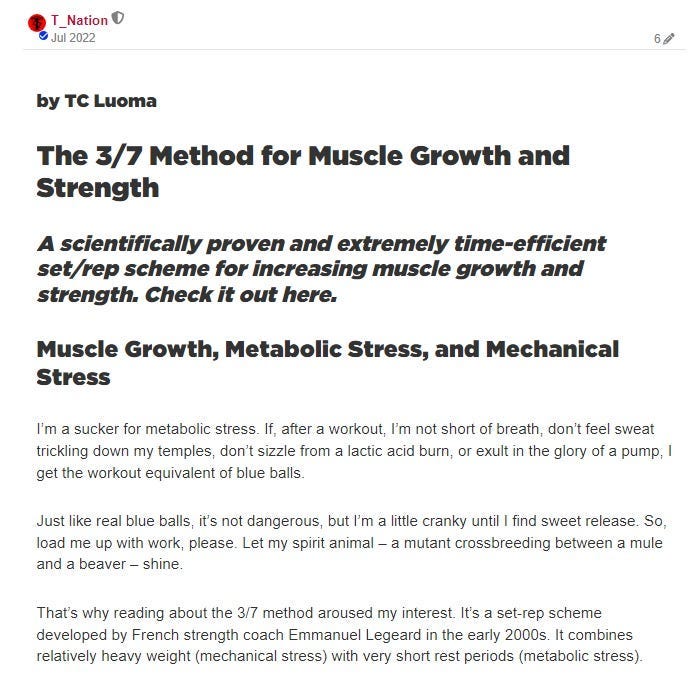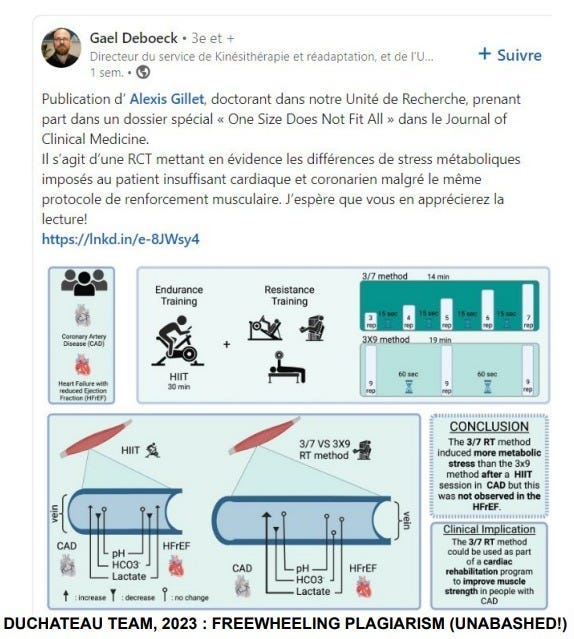The experiences of postgraduate researchers (PGRs) have not received the same level of attention as undergraduate students in relation to tackling harassment and sexual misconduct.
PGRs have very different conditions of study than undergraduate or taught postgraduate students, and they may be at a different stage in life with significant professional experience.
It would be a mistake, however, to assume that PGRs’ maturity and longer tenure within higher education institutions means that they are less likely to experience these issues.
PGRs face significant risks – particularly in relation to abuses of power from staff both within and outside their institution – that can have deleterious impacts on their lives, careers, and health, requiring a different approach to provisions for students at other levels.
As a result, implementation of the Office for Students’ (OfS) regulatory requirements, coming into force on 1 August 2025, needs to ensure that it takes into account the specific situations and needs of PGRs.
At The 1752 Group, to support HEIs to do this, in partnership with the UK Council for Graduate Education we have published a toolkit to guide work in this area. It draws on our own, as well as international research in this area, to give a snapshot of current good practice.
It also addresses the obligations outlined in the Worker Protection Act – in force since October 2024 – which requires employers to take reasonable steps to prevent the sexual harassment of employees.
While the OfS regulations apply to England only, the toolkit can also be used outside England to guide institutional work on addressing harassment and sexual misconduct experienced by PGRs.
Prevalence
Perhaps the most problematic misconception in the sector about harassment and sexual misconduct is that it is rare. A 2023 survey conducted on behalf of OfS (n=5090) found that 6 per cent of PGRs had experienced unwanted behaviours of a sexual nature in the previous year.
The findings also show there is work to be done on confidence in reporting – 32 per cent of PGRs were not confident in knowing where to seek university support, while 35 per cent were not confident in knowing how to report sexual misconduct.
However, the OfS survey only had a small number of PGR respondents. Larger-scale studies from Australia (n=31,000) and the US (n=181,752) indicate that as many as 15 per cent of postgraduate students experience sexual harassment in a university setting each year, with 58 per cent being targeted by another student and 10 per cent being targeted by a tutor or lecturer from their university (the data is not disaggregated for PGRs specifically).
Of course, sexual harassment intersects with harassment on the basis of other protected characteristics – non-binary and trans people are subjected to higher rates of sexual harassment at university than women (45 per cent and 32 per cent respectively), and lesbian, bisexual, gay and queer students, as well as women, also experience significantly higher rates of sexual harassment than heterosexual, cis-gendered men.
On top of sexual harassment, LBGTQ+ doctoral students may also be experiencing homophobic and/or transphobic behaviour or feel that they have to conceal their sexual orientation/expression and/or gender identity/expression. There is also a risk that, following the Supreme Court’s recent judgement on the legal definition of sex, trans and non-binary students and staff (as well as those perceived to be trans, non-binary or gender nonconforming) face an even higher risk of harassment.
OfS regulatory requirements around E6 cover all forms of harassment on the basis of protected characteristics. Data on experiences among PGRs is often unavailable. However, in a 2020 survey of 828 students across all levels of study in the UK, 24 per cent of respondents from an ethnic minority background had experienced racial harassment since becoming a student.
That figure rose to 45 per cent of Black respondents, with the most common form of harassment being racist name calling, insults or “jokes”. Research specifically focusing on the experiences of racially minoritised PGRs in the UK shows that they face “multiple challenges, which are often triggered and amplified by circumstances specific to their ethnicity and result in their disempowerment within HEIs”, with women and international racially minoritised PGRs being especially marginalised.
Similarly, Muslim doctoral students, who may also be racially minoritised, face Islamophobia, overt and covert racism, and marginalisation.
What, then, do higher education institutions need to do to address this issue? A first step is to make sure that appropriate institutional governance and oversight is in place. Beyond that, institutional provision can be divided into three stages (based in public health models of primary, secondary and tertiary prevention):
- Preventing harassment before it occurs
- Short-term responses that should be in place when gender-based violence or harassment occurs, including to prevent it from recurring
- Longer-term actions to deal with the lasting consequences of gender-based violence
Preventing harassment
The first stage, preventing harassment before it occurs, should be where the most substantial amount of work occurs. One area is in preventing abuses of power. OfS requires institutions to take one or more steps which could (individually or in combination) make a significant and credible difference in protecting students from any actual or potential conflict of interest and/or abuse of power.
This is a significant challenge in relation to PGRs, given deeply hierarchical nature of academia. Ways in which HEIs can prevent abuses of power include clarifying professional boundaries, introducing a staff-student relationships policy, minimising power imbalances in admissions processes and supervision arrangements, and safer staff recruitment.
For example, discussions of professional boundaries with supervisors and PGRs within departments and schools can feed into an institution-wide policy in this area. Institutional requirements in terms of professional boundaries could then be added to existing staff training and PGR professional development programmes, as well as induction procedures.
More generally, training is required not only for PGRs themselves, but most urgently for staff, not least because any staff member could potentially receive a disclosure of harassment or sexual misconduct. Staff involved in making decisions or providing ongoing support will need further training on the required knowledge and skills.
The OfS guidance does not discuss addressing inequalities as part of prevention work. Nevertheless, this is an essential part of preventing harassment and sexual misconduct. For example, racialised inequalities can support a culture where harassment on the basis of race is normalised and accepted, or a predominance of male students or staff can enable a culture where sexualised humour or derogatory comments about women or gender minorities are seen as normal.
These inequalities can shape the culture in different disciplines or departments; some disciplines – medicine, engineering, and law – have been found in the US to have higher rates of sexual harassment by staff and/or postgraduate students, which may relate to gender inequality in some of these disciplines.
As such, it is important to link up work to gather data and address inequalities in higher education with initiatives to prevent harassment and sexual misconduct. These could include programmes on increasing diversity in recruitment and admissions to PGR programmes, “People, Culture and Environment” statements for the Research Excellence Framework, and where relevant to PGRs, Athena Swan, Race Equality Charter, and Access and Participation Plans.
Data collected for these programmes of work can reveal areas of the institution where gender and other inequalities exist, and therefore where there is a heightened risk of harassment and sexual misconduct occurring.
One area where many if not most institutions have a long way to go is in gathering and using data to assess risk, as required by the Worker Protection Act. Data to assess risk relating to harassment and sexual misconduct can be obtained from online reporting systems, formal reporting, informal disclosures, or institutional surveys. In the toolkit, we highlight a good practice example from the University of Bath. They use quantitative data from their online reporting system as well as qualitative data from independent advisers to understand PGRs’ experiences and to report to the university’s Governing Body. This data then feeds into the content of mandatory in-person training for doctoral supervisors.
Short-term responses when harassment occurs
Often PGRs do not wish to make a formal, named report about their experiences. Wherever possible, choice and control as to next steps should be left with the person who has been targeted. As well as supporting the person/people targeted, an HEI should consider informal/precautionary actions and a risk assessment, and/or a proactive investigation instigated by the institution.
For formal reports, E6 requires HEIs to have an effective reporting mechanism and an investigatory approach that is fair, credible, and in line with natural justice, and to include in their central information hub details on how students, staff and others can report harassment and/or sexual misconduct and how the information received in connection to harassment and/or sexual misconduct will be “handled sensitively and used fairly.”
This is of course a complex area that we have previously written about for Wonkhe, and in the toolkit we highlight some areas of good practice, for example, completing an investigation even where the responding staff member leaves the institution in the middle of it.
Longer-term response after harassment has occurred
Finally, while not addressed in the OfS guidance, to minimise the impacts harassment and sexual misconduct have on gender and other inequalities, longer-term responses are required.
These could include remedies at the end of a reporting process, addressing wider cultural issues that may have been revealed by reports or investigations, or taking steps to enhance transparency and openness in institutional responses to harassment and sexual misconduct.
For example, UCL’s relevant policy states that the reporting party will be informed if someone is dismissed or expelled from the institution as a result of their complaint. This might seem like a very minor step, but many HEIs do not even share this much information with complainants, even though the Equality and Human Rights Commission guidance clearly states that it is possible to do so.
HEIs should also consider how PGRs with relevant lived experience (whether they disclose this or not) can be consulted on policy and practice in accessible, trauma-informed and non-exploitative ways.
Working across the sector
Addressing harassment and sexual misconduct require a cross-sector approach and cannot be addressed solely on the level of individual institutions. This is especially applicable to PGRs, who on top of their doctoral studies may also be employed in (often precarious) roles within other institutions or may have supervision arrangements or affiliations outside their primary institution.
The risk of harassment from third parties outside the institution extends to conferences, online, on field trips, or in relationships with external mentors. These issues draw our attention to the importance of sector-wide work in this area – for example through initiatives such as the Misconduct Disclosure Scheme, which supports safer staff recruitment practices – as well as the role of disciplinary communities in addressing harassment and sexual misconduct.
PGRs may be equally or more aligned to their disciplinary community than their institution, and as such, HEIs need to work in partnership with professional societies on addressing harassment and sexual misconduct. Another example of cross-institutional work comes from research funding organisations (RFOs).
In recognition of their role in setting out and upholding expectations in relation to unacceptable behaviours in research, many RFOs require notification of upheld findings (and sometimes open investigations) relating to any personnel working on research they have funded. RFOs often require funded organisations to have relevant policies and reporting mechanisms.
Moving forward
Throughout the toolkit we have featured PGRs’ own voices about their experiences of harassment and sexual misconduct in higher education. One PGR, Polly, described how:
“The harassment I received is one of the reasons why I don’t want to go into academia. And I did. I passionately did. And I was a good student. I had an exemplary record, I still have an exemplary academic record. And I just thought, I can’t bear the secrecy and the hypocrisy.
Polly’s words remind us what is at stake if this work is not done, and why we continue to press for change. The amount of work that is required may seem daunting, but the toolkit offers an opportunity for institutional leaders to co-create with colleagues and PGRs a bespoke package of work which addresses the local context. As the examples highlighted in the toolkit demonstrate, some HEIs are already making good progress, and continue to review and develop their prevention efforts.
Overall, our hope is that in five years’ time this toolkit will be outdated as good practice will have moved on significantly. As such, work in this area can be seen as part of an ongoing – and, we hope, rapidly changing – movement for preventing and responding to harassment and sexual misconduct in higher education.
Download the toolkit
We would like to thank the Enhancing Research Culture fund from Research England via the University of York for supporting the development of this toolkit and the UK Council for Graduate Education (UKCGE) for partnering with us to consult on the development of the toolkit and to disseminate it.


